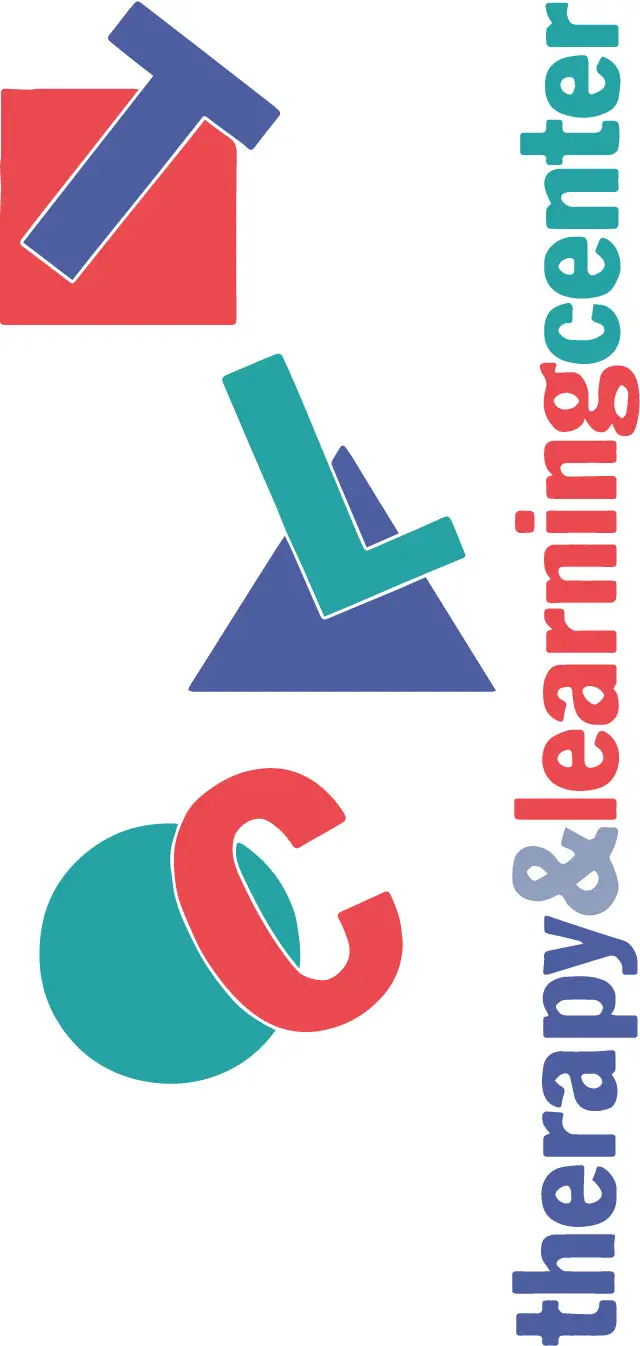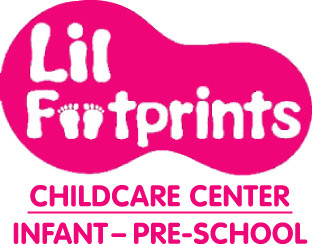8 Steps to Great Sleep Habits for Babies
Get kid-friendly activities sent to you!
Get the Best Family Activities
A. Make the room pitch black! Turn off closet lights, night lights, and block that light seeping in from the sides of the blinds as much as possible.
B. Add some noise—white noise that is. Recreating the wooshing sounds from the womb is comforting and sleep-inducing, like the sound of a shower or a fan. For safety, keep the noise machine at least 6 feet from the crib.
C. Keep it quiet. Other than white noise, keep the ambient house noise to a minimum while your little one is falling asleep. Once asleep, normal noise levels can resume because they won’t hear a thing.
6. Beware of unhelpful sleep associations: In your attempts to win “mother of the year” award in your baby’s early months of life, you may have inadvertently created some negative sleep associations. All that rocking and nursing to sleep which seemed to do the trick to get your baby to sleep longer, can become a problem when that is the only way they know to fall asleep. Of course they would rather snuggle in your arms than alone in that big crib, but rocking or nursing to sleep becomes a hard habit to break. Start by introducing a transitional object like a “lovey” in your bedtime routines; then transition your still awake baby to the crib after your calming routine. Don’t worry, you can still have ample snuggle time all day long; just break the habit of your baby needing you to fall asleep.
7. Put children in bed awake: Falling asleep is a skill—just like learning to ride a bike. And just like teaching your child to ride a bike, you can set her up for success by giving her some pointers and a helmet with that shiny new two wheeler, but at some point you have to let her fall so she can figure out how to get back up and start again on her own. With sleep, you will set your child up for success by providing a perfect environment, putting your child to sleep at biologically appropriate times, and creating soothing bedtime routines. But then it is equally important that you put her in the crib awake so she can learn the crucial skill—to fall asleep alone.
8. Be patient: Although dozens of my clients have seen overnight success after implementing my step by step sleep plans, it doesn’t always work so quickly. Be patient. With consistency and follow through over the period of a couple weeks, your child will be a sleep champ sooner than you think.
A graduate of Cornell Medical School, Rebecca Kempton, MD, became interested in the topic of sleep when her first son refused to sleep day or night—or so it seemed. After much research and conversations with other moms, Dr. Kempton honed her sleep training skills with her next two children. She then became certified as an infant and toddler sleep consultant with the Family Sleep Institute, and she now creates customized sleep solutions for families. For more information on Dr. Kempton and her services, visit babysleeppro.com or follow her on social media: facebook.com/babysleeppro or @babysleeppro on Twitter.








